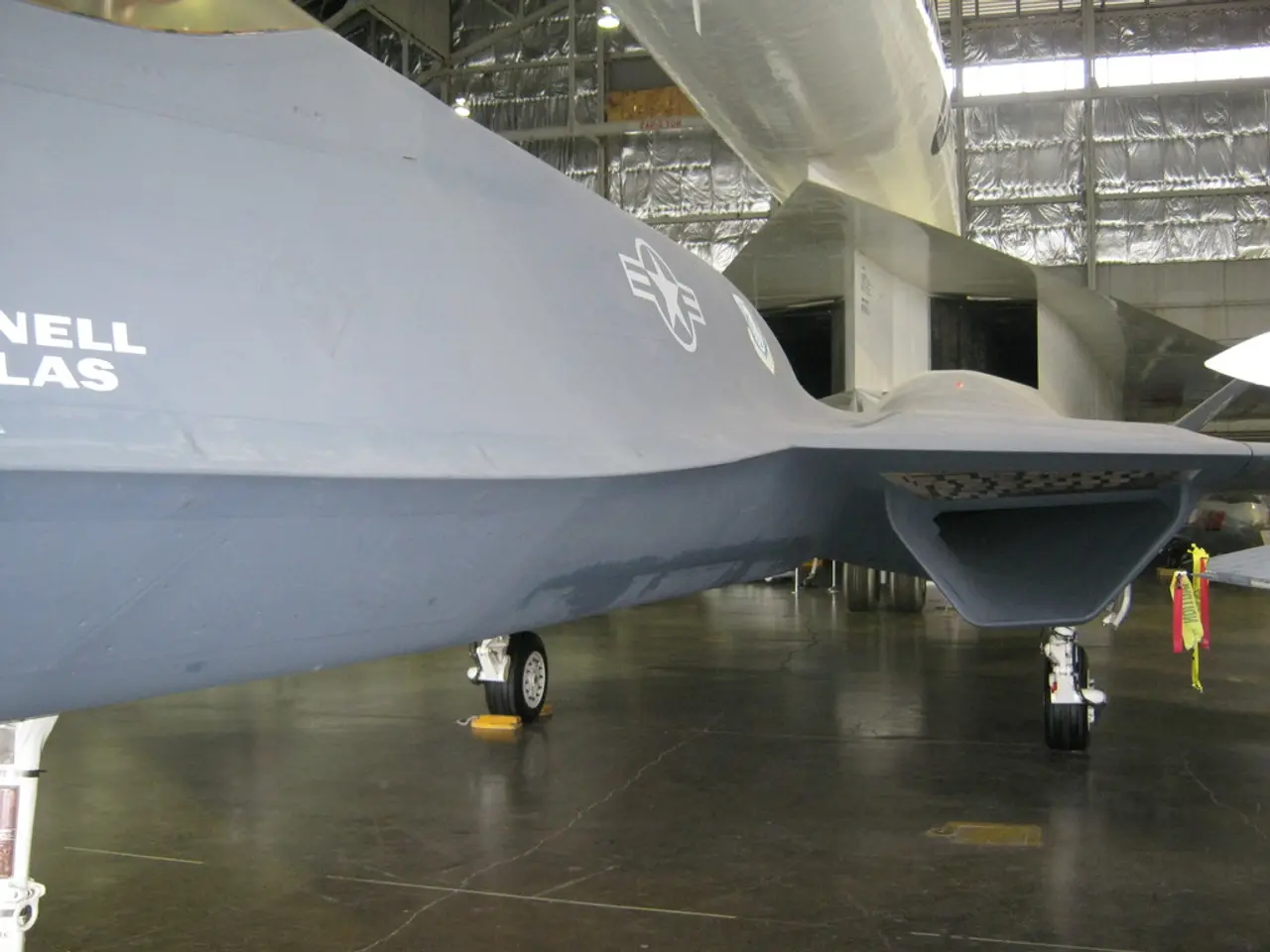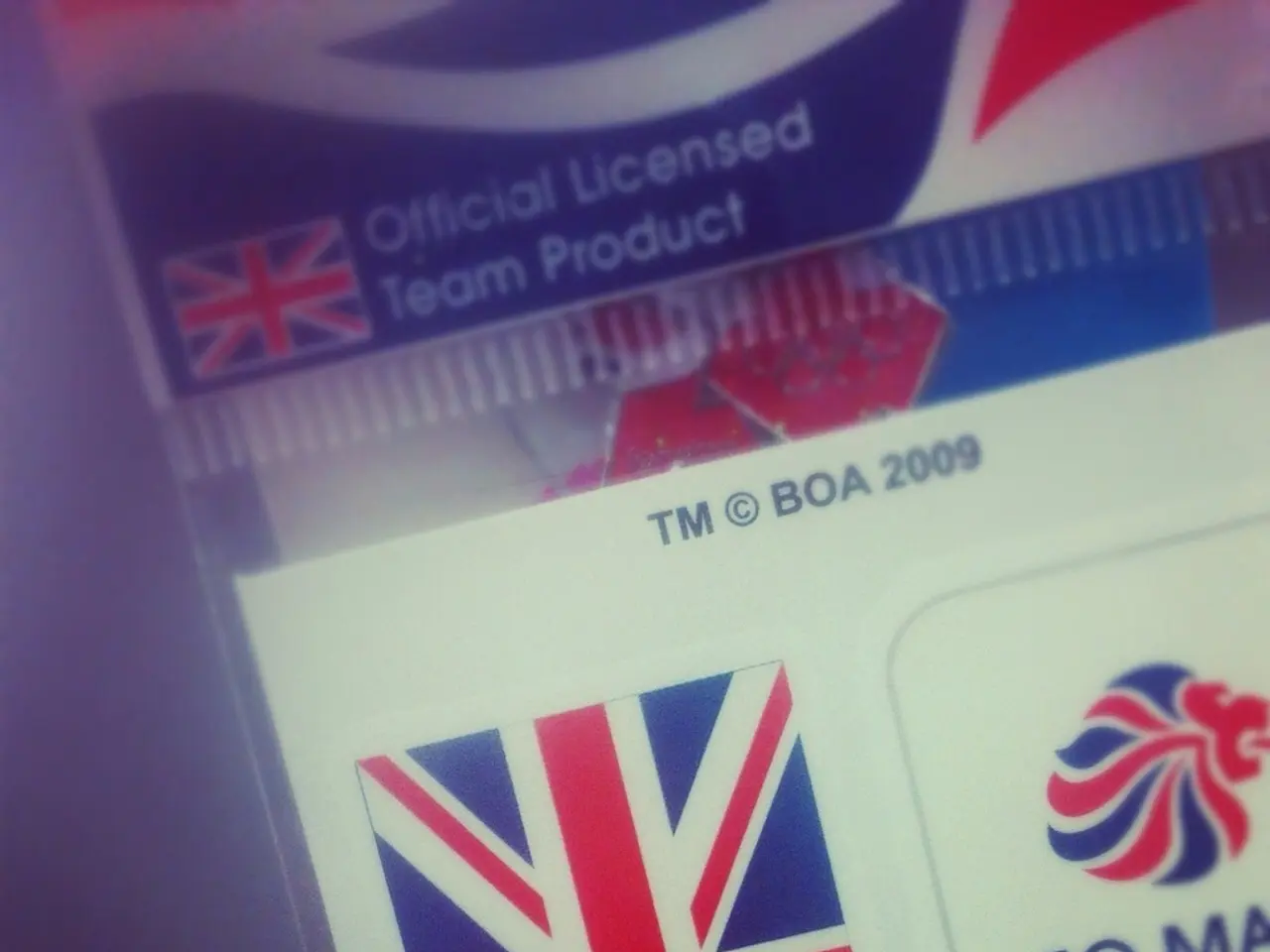Data Leak at Qantas: Revealing Gaps in Aviation Safety and Security
In the face of escalating cyber threats, such as the recent Qantas cyber breach, the aviation industry is being encouraged to adopt a multi-layered, comprehensive approach to cybersecurity. This approach encompasses continuous security audits, advanced threat detection, identity security, and rapid incident response.
Key Recommended Actions
- Continuous Security Audits and Vulnerability Management: Regular automated and expert-led vulnerability scans across the entire technology infrastructure, including third-party software and devices, are essential. Prioritising remediation based on criticality and exploit likelihood is key.
- Proactive Threat Detection and Incident Response: Real-time monitoring systems, AI-powered threat detection, and proactive incident response services are invaluable. They help identify, contain, and mitigate cyber incidents swiftly, safeguarding business continuity and limiting economic and reputational damage.
- Penetration Testing and Red Team Exercises: Simulated complex attacks help identify exploitable weaknesses, train security personnel, and strengthen defensive strategies. They are particularly important against evolving and sophisticated cyber threats targeting airlines.
- Identity-First Security Solutions: Modernising legacy systems by integrating identity orchestration platforms—using biometric authentication, document verification, and federated identity—improves access control without disrupting operations. This also supports emerging initiatives such as digital travel credentials, enhancing passenger identity security and trust.
- Social Engineering Defense and Staff Training: Regular social engineering testing and awareness programs for employees and suppliers reduce the risk of phishing and manipulation-based attacks, common in aviation cybersecurity.
- Supply Chain Cybersecurity: Securing the vendor ecosystem through strict cybersecurity standards and real-time compliance monitoring is critical, given aviation's dependence on third-party vendors.
- Preparation for Evolving Regulatory Requirements: As regulations tighten, airlines should develop and maintain advanced cybersecurity strategies tailored to meet increasing compliance demands.
- Collaboration with International Cyber Defense Alliances: Engaging in information sharing and coordinated defense initiatives strengthens response capabilities against cross-border cyber threats.
These measures collectively address the spectrum of cyber risks facing the airline industry today, from data breaches and system manipulations to ransomware and GPS spoofing. They provide a structured defence aligned with the aviation sector’s urgent cybersecurity priorities highlighted by recent breaches, including Qantas.
The Role of Aviation Authorities and Regulators
Aviation authorities are encouraged to establish strong regulatory frameworks with stringent protocols and standards for airlines to adhere to. Regulators should ensure compliance through periodic audits to foster continuous improvement in cybersecurity postures. A industry-wide commitment to safeguarding critical infrastructure through effective cybersecurity practices is also necessary.
The Qantas cybersecurity breach underscores the imperative need for airlines to fortify their cyber defenses against increasingly sophisticated threats. It serves as an urgent wake-up call for the aviation industry to prioritize cybersecurity as a fundamental aspect of their operational strategies. Collaborating with cybersecurity firms is considered a crucial strategy for staying abreast of the latest threats and defense mechanisms. The incident also underscores the need for airlines to consider the broader implications for global aviation security and proactive steps to ensure a more secure future.
- Aviation authorities should enforce periodic audits to ensure compliance with stringent cybersecurity protocols and standards, as part of a comprehensive approach to cybersecurity.
- Collaborating with cybersecurity firms is essential for airlines to stay informed about the latest cyber threats and defense mechanisms, in the face of escalating cyber risks.
- Continuous Improvement in cybersecurity postures can be fostered by adopting penetration testing as part of the strategy, allowing airlines to identify exploitable weaknesses and strengthen defenses against sophisticated cyber threats.




